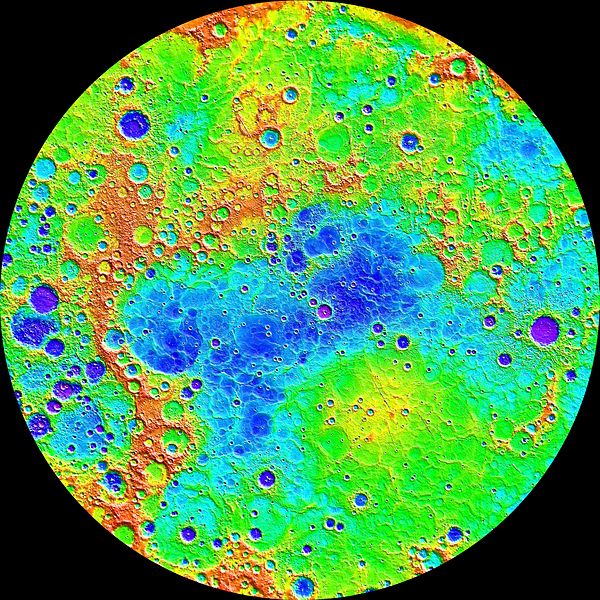and I also used something called the s.e.e structure.
S - Statement
E - Explanation
E - Example
E - Effect
The See structure helped us write our explanation text and helped put all the ideas in sequence and order.
I found writing the paragraphs really challenging and having 3 different ideas relating to night and day.








